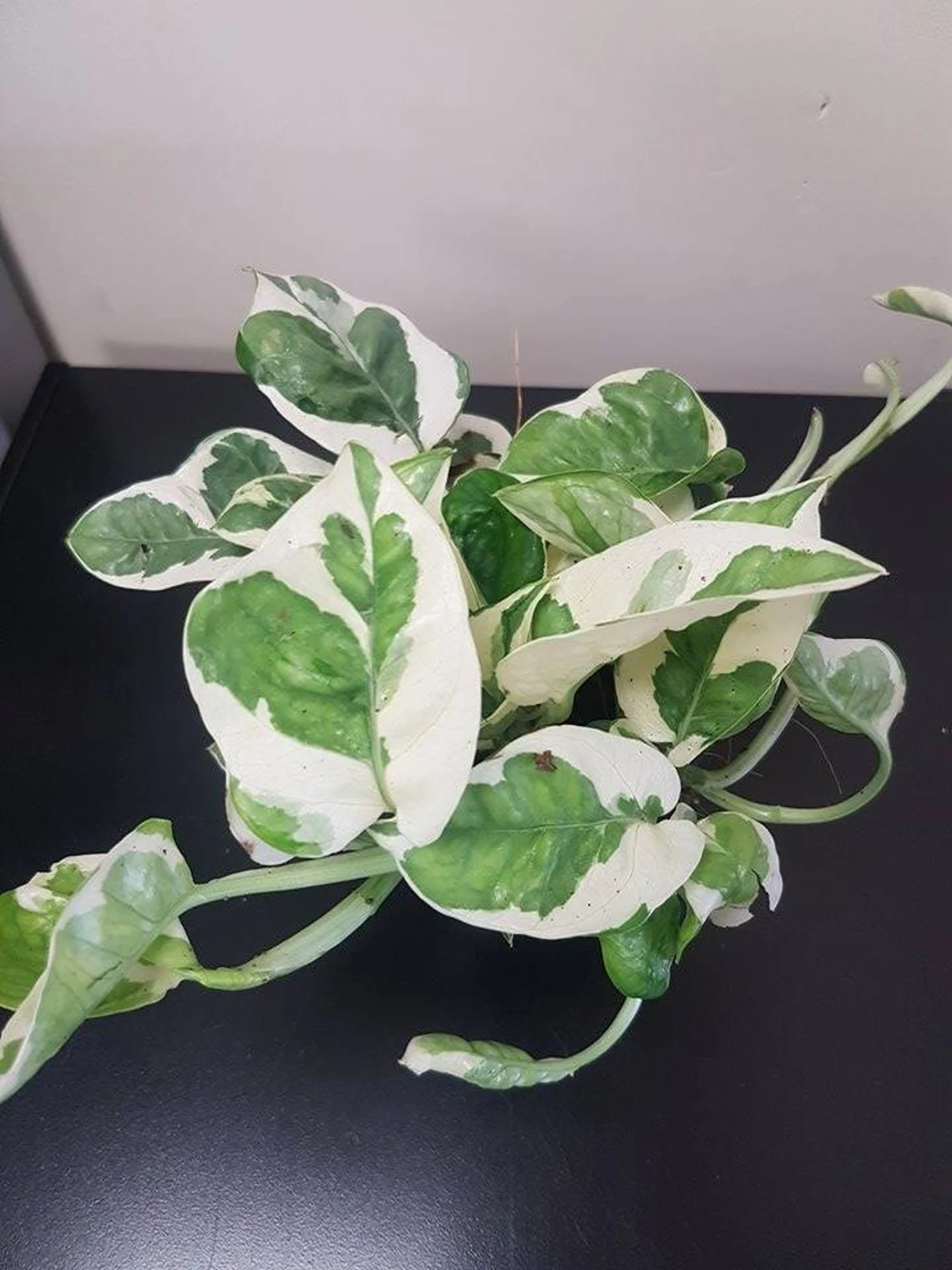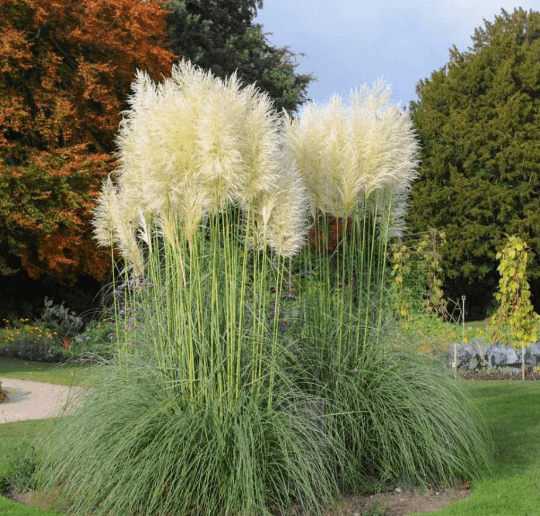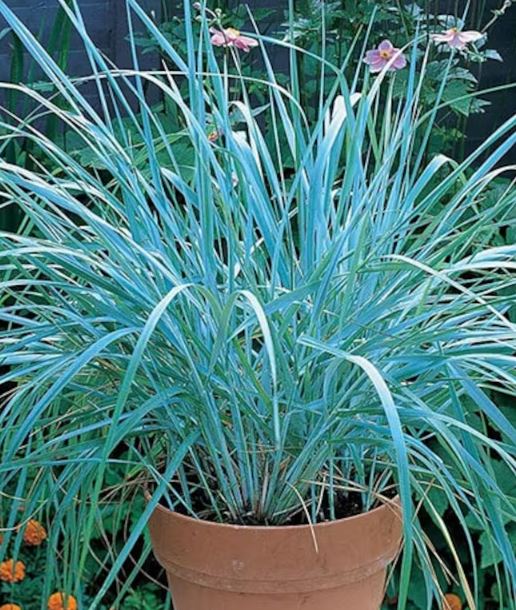Introduction
Rain Dance Grass, scientifically known as Andropogon gerardii, is a stunning perennial grass native to North America. With its tall stature, vibrant colors, and unique characteristics, Rain Dance Grass has become a popular choice in landscaping projects. In this blog post, we will explore the beauty and benefits of Rain Dance Grass and how it can enhance your outdoor spaces.
1. Appearance and Growth:
Rain Dance Grass is known for its impressive height, reaching an average of 4 to 8 feet tall. The upright stems are adorned with slender, arching leaves that can grow up to 3 feet long. The foliage undergoes a mesmerizing color transformation throughout the seasons, starting with shades of green in spring and summer, and turning into vibrant hues of red, orange, and purple in the fall. The feathery seed heads, which resemble delicate clouds, add a touch of elegance to the landscape.
2. Adaptability and Maintenance:
One of the reasons why Rain Dance Grass has gained popularity is its adaptability to a variety of soil types and growing conditions. It can thrive in full sun to partial shade, making it suitable for many regions across North America. Additionally, this native grass is tolerant of drought once established, making it a low-maintenance option for any landscape.
3. Ecological Benefits:
Rain Dance Grass not only adds aesthetic appeal to your garden but also provides numerous ecological benefits. As a native species, it supports local ecosystems by attracting pollinators such as bees and butterflies. The tall stems and dense foliage create shelter for small mammals and birds, enhancing biodiversity in your backyard. Furthermore, the deep root system helps prevent soil erosion and improves water infiltration.
4. Landscaping Applications:
Rain Dance Grass offers versatility when it comes to landscaping applications. Its tall, dramatic presence makes it an ideal choice for creating privacy screens, windbreaks, or focal points in large gardens. It can be used as a backdrop for perennial beds, adding texture and movement to the landscape. The stunning fall coloration of Rain Dance Grass also makes it an excellent addition to autumn-themed gardens or naturalistic landscapes.
5. Planting and Care:
To successfully grow Rain Dance Grass, choose a location with well-drained soil and ample sunlight. Plant the grass in spring or early fall, ensuring enough space for it to reach its full height. Regular watering is essential during the establishment phase, but once established, Rain Dance Grass requires minimal watering. Pruning is not necessary, but you can trim back the foliage in early spring to encourage new growth.
Care Guide
- Soil preparation: Ensure the soil is well-draining and has adequate organic matter to prevent waterlogging. Adding compost or well-rotted manure to the soil before planting can improve its structure and drainage.
- Mowing: Regular mowing is essential to keep your grass healthy during the rainy season. However, avoid cutting the grass too short, as longer blades help promote deeper root growth and improve resilience against waterlogged conditions.
- Aeration: Aerating the lawn before the rainy season can help improve water infiltration and oxygen exchange for the roots. Use a lawn aerator to create small holes in the soil, allowing water and nutrients to reach the grass roots more effectively.
- Fertilization: Apply a balanced fertilizer specifically formulated for grass during the rainy season. This helps the grass stay healthy and promotes growth even with increased water availability.
- Pest and weed control: Rainy seasons can encourage weed growth and attract pests. Regularly inspect your lawn for weeds and pests and apply appropriate control measures if necessary. Organic or natural options are preferable to avoid contaminating the environment.
- Proper watering: During the rainy season, you might not need to water your lawn as frequently, if at all. Keep an eye on the rainfall in your area and only water if there are prolonged dry periods. Overwatering can lead to waterlogging and promote disease development.
- Prevent soil compaction: Try to avoid heavy foot traffic or any heavy equipment on the lawn during rainy periods. Compacted soil hinders water drainage and can negatively impact grass health.
- Disease prevention: Rainy conditions can lead to increased fungal diseases in grass. To prevent these, avoid watering the grass in the evening and promote good air circulation by trimming back overhanging vegetation.
- Remove debris: After heavy rains, check for debris like fallen leaves or branches on the lawn. Clearing these promptly will help prevent the development of mold and create a healthier environment for the grass.





